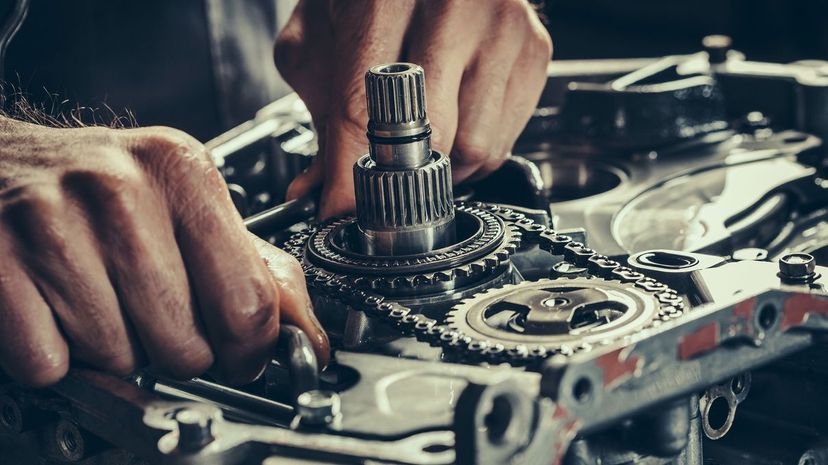
About This Quiz
You look like the kind of engine quiz taker who likes a challenge. Other quizzes may take you on a roller coaster when it comes to the difficulty of the questions. They start out easy, throw a couple of tricky questions in here or there, but by the time the ride is over, it smooths back out to cool down your brain. Not this one! This quiz only builds in difficulty. It's all climb, baby! Do you think you're ready to reach the top — and stay there?
There are things that everyone knows about engines — or should, at least, because of their importance to our society. Then, there are questions that only those with an interest in the mechanical world can answer. Finally, there are questions that only those who have a true love of engines, those with oil flowing in their veins, will be able to answer. This quiz has it all. While you may breeze through the first few, don't get cocky; tougher questions are waiting for you just up the road!
Even if you miss one (or several), keep going! This quiz is almost impossible for most people to get a perfect score, but the more you learn, the better you'll be able to do in the future. No one is born with an intimate knowledge of mechanical forces. It's a learning process, and this quiz will clue you in on where you are on that path. Are you ready? Is your brain limbered up and your knowledge of engines on deck? Then let's do this! We'll see you at the top!
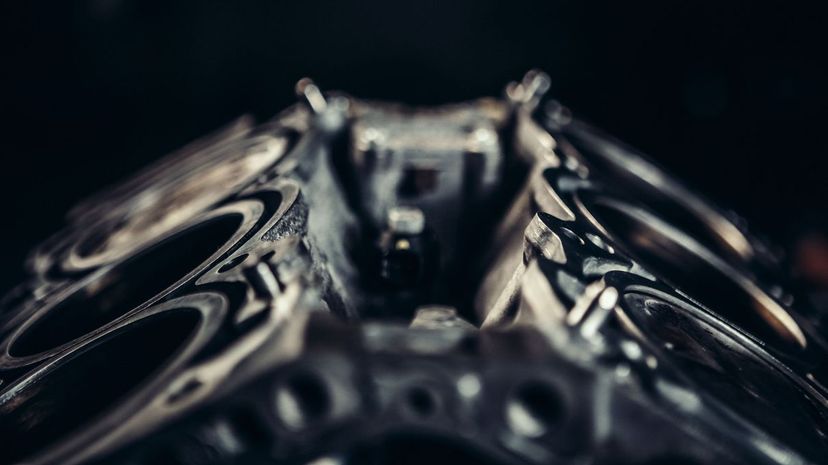
The cylinder, also called the combustion chamber, is where the magic of the internal combustion process takes place. The air/fuel mix is taken in, compressed, combusted and cleared, and then the process starts again, many times per second, depending on how hard the engine is running.
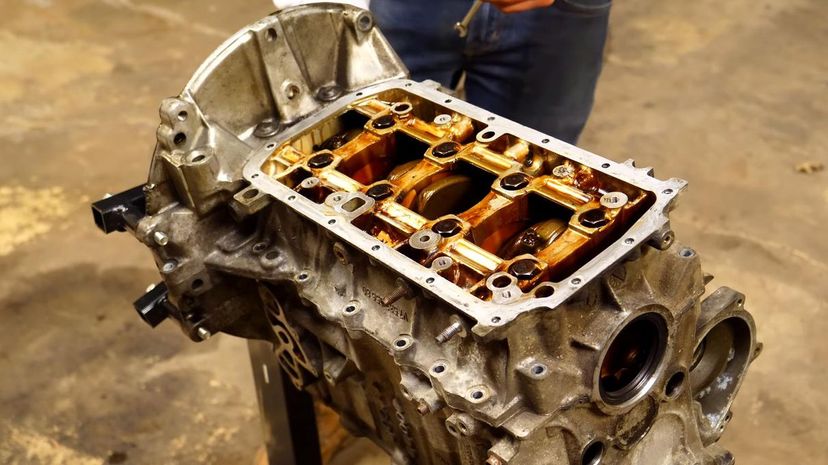
The engine block and the cylinder head are bolted together to form the combustion chamber. The cylinder head contains the top of the chamber, along with the intake and exhaust valves, while the engine block houses the pistons and the cylinder shafts, among other things. The head gasket separates the two structures.
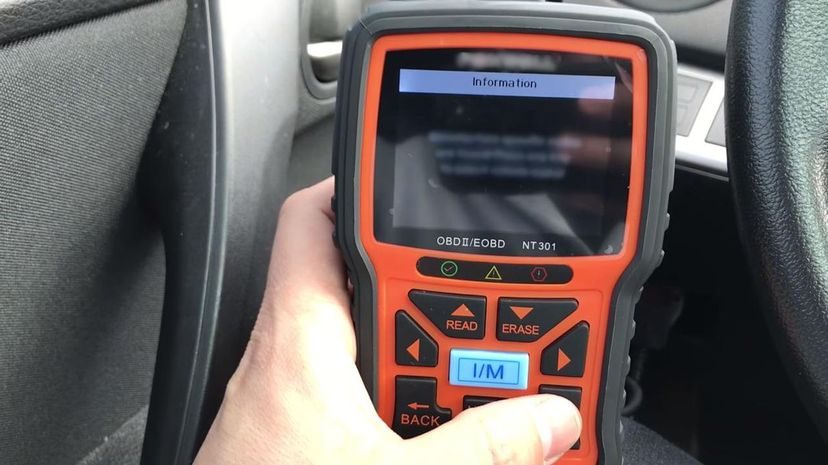
Your vehicle's On-Board Diagnostic system holds a lot of information about its operations and condition. To "listen" to it, however, you need an OBD-II scanner, which plugs into a port under the dash and gives you a readout of the data. OBD-II, by the way, is just a way of saying that this is an update from earlier, more primitive OBD systems in the early 1980s.
Advertisement
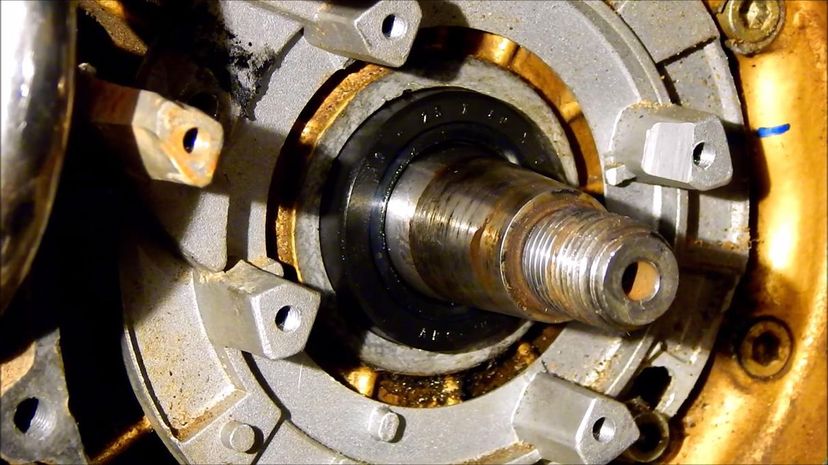
Your crankshaft has two main seals — the front and the rear. When one of them goes bad, your car will develop an oil leak. While it's rare for the crankshaft itself to fail, these seals might need replacing from time to time. And, as we've previously discussed, engines don't do well without a proper amount of oil.
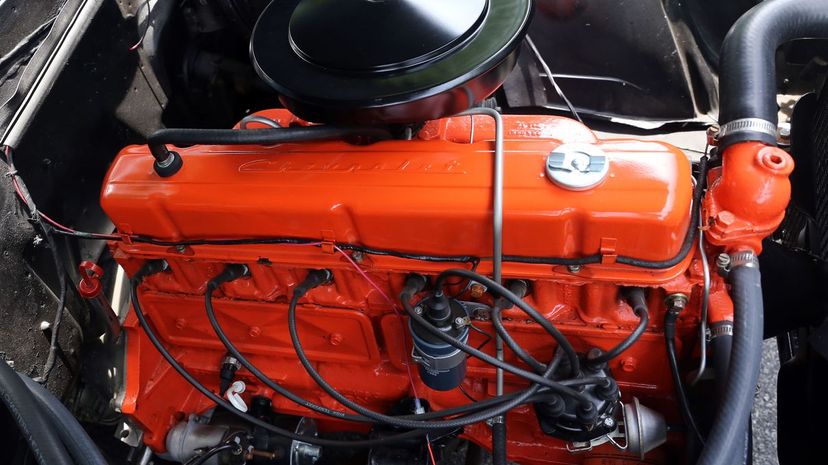
An inline-six (or straight-six) engine is one where the cylinders are in a straight line along the crankcase, whereas in the V6 motor, the cylinders are positions in a "V" format, with three cylinders on each side. While there are inline-four engines, V4 engines are rarely used, and engines with more than six cylinders are generally in the "V" format because of length considerations.
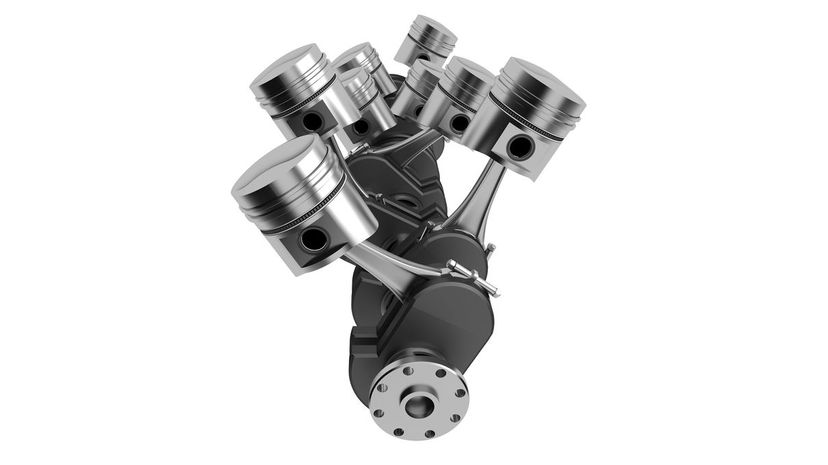
The pistons and crankshaft are connected by the logically named connecting rods. These rods are ingeniously hinged so that the linear motion of the pistons can be translated into the rotational motion that moves the crankshaft. When you "throw a rod," these are the rods in question, but that rarely happens with modern engines.
Advertisement
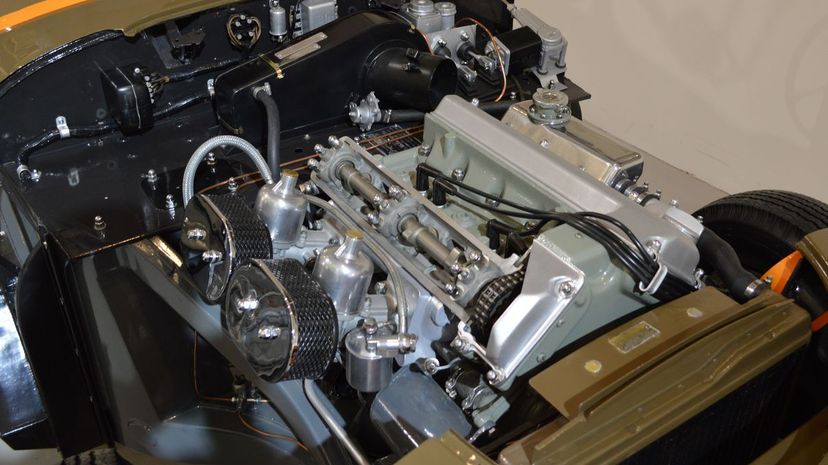
They might sound similar — and even bear a resemblance to each other — but the camshaft and the crankshaft have different functions, and your car has both of them. Camshafts are responsible for opening and closing the valves at the top of your cylinder that allow the fuel/air mix in and the exhaust gas out, while the crankshaft is part of the powertrain that ultimately turns the wheels.
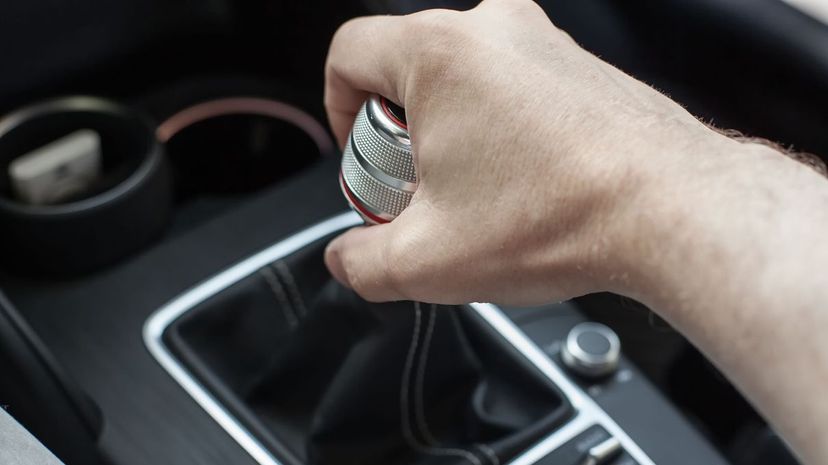
The flywheel, attached to the crankshaft, helps to balance engine vibrations caused by the firing of the cylinders, but in vehicles with manual transmissions, it serves another role; it provides a friction surface the clutch.
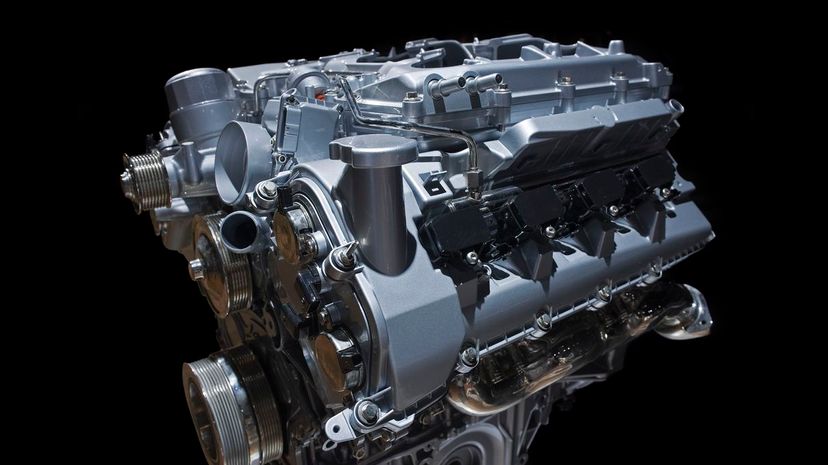
The movement of the pistons is literally what drives the engine and the vehicle. The pistons move up and down within the cylinder. As they move up, they compress the fuel/air mix. When the mix detonates, the piston is driven down, which moves the crankshaft. The process then repeats and makes the wheels go round and round!
Advertisement
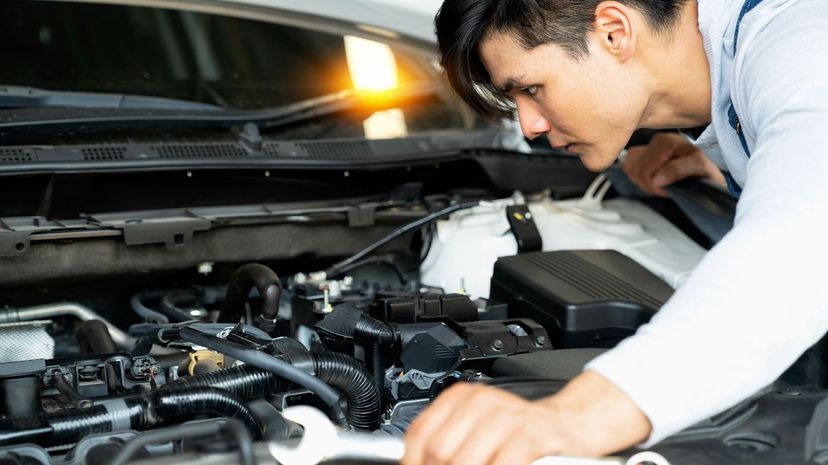
Automobiles use an internal combustion engine to generate power, meaning that the fuel is burned within the engine, rather than outside. A steam-powered turbine would be an example of an external combustion engine.
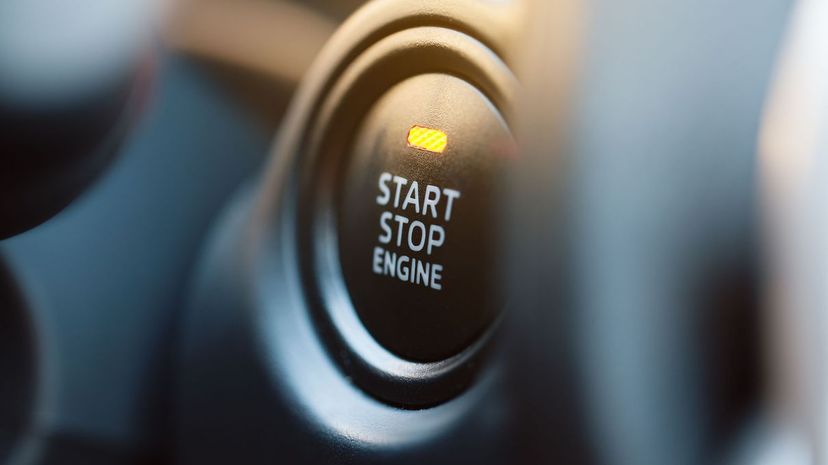
When you turn the key to shut the engine down, but it seems to want to go another round, your car is "dieseling." This is usually caused by carbon build-up that keeps the cylinders hot and gives the unburned fuel a chance to ignite. It can happen if your engine is running rich (too much fuel in the air/fuel mix). It's not possessed (probably).
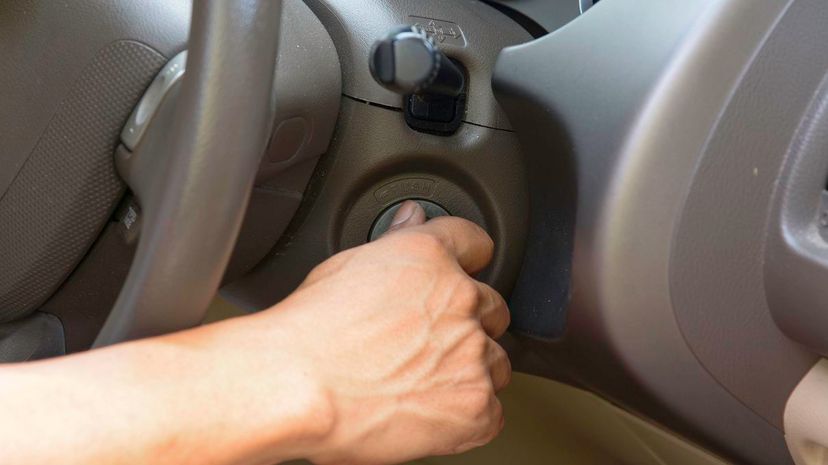
The camshaft position sensor's job is to, yes, detect the position of the camshaft and relay this information to the ECU. If the computer is getting faulty information about this vital piece of data, the timing of the fuel injectors can get messed up and cause all the problems listed here.
Advertisement
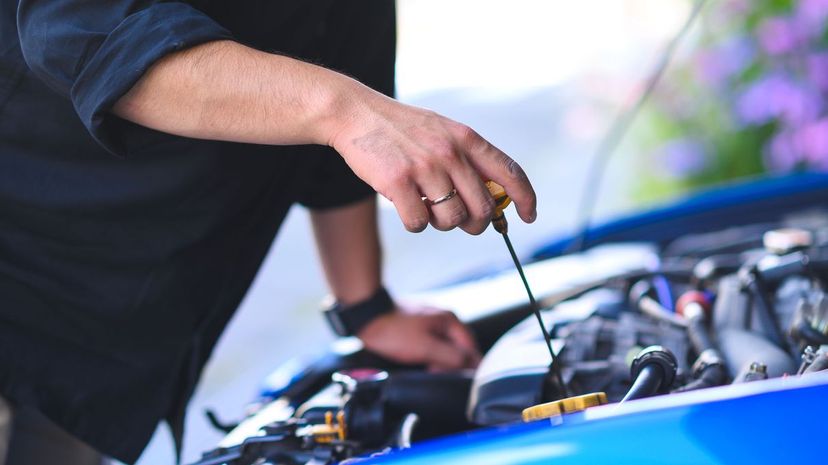
While you CAN run an engine without oil — and it probably would run loudly and roughly — the friction between the many, many moving parts would quickly take its toll. The engine would seize (lock up), and you'll probably need an engine rebuild (or a new engine).
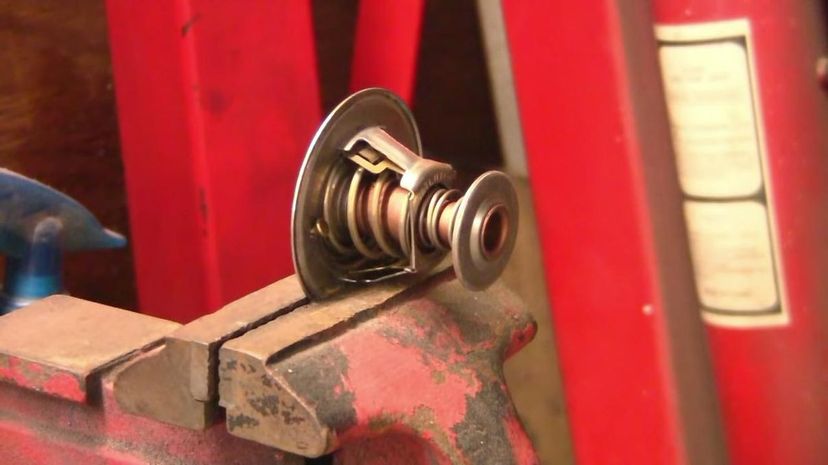
Your engine requires a certain amount of heat to reach its optimal operating condition, so when it's first started, it needs a bit of heat to build up. The thermostat opens when that temperature is reached, allowing coolant to flow and maintain that heat level. When a thermostat goes bad — either stuck open or stuck closed — your cooling system won't function properly.
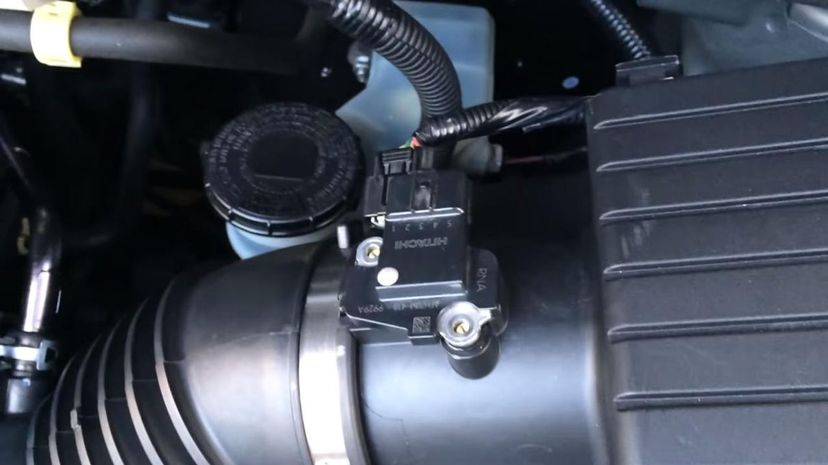
While the throttle controls how much air is coming into the engine, the mass airflow sensor informs the ECU of that volume. When this sensor gets dirty or contaminated, it can throw bad information to the computer that can harm performance.
Advertisement
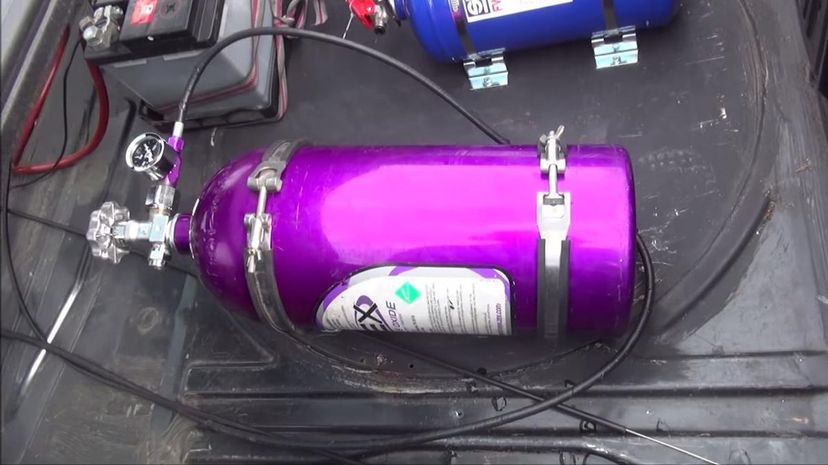
Nitrous oxide — known as "NOS" in racing circles — is a chemical that, when introduced to the combustion chamber, adds more oxygen to the mix, which allows more fuel to be burned. More fuel = more horses. "Dihydrogen monoxide," just to be clear, is a fancy name for water.
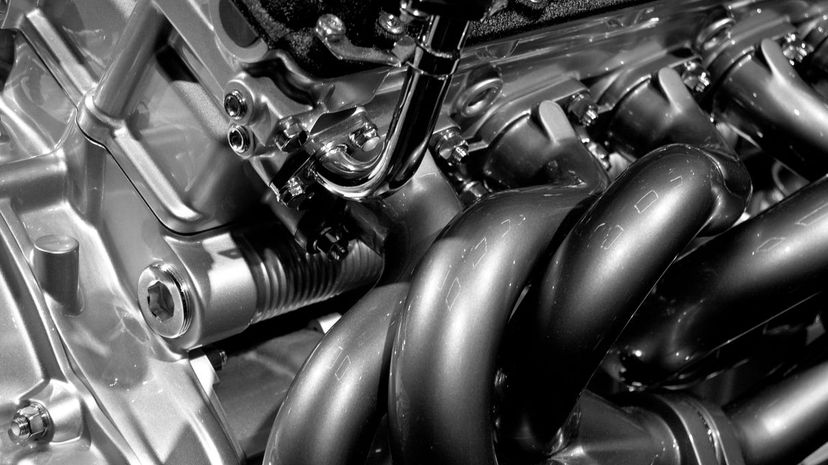
The way it's calculated is often complex, but the automotive industry generally rates its engines by using the horsepower measurement. The vague definition is, of course, the power that a horse gives while pulling. The technical measurement is 550 foot-powers per second or 745.7 watts.
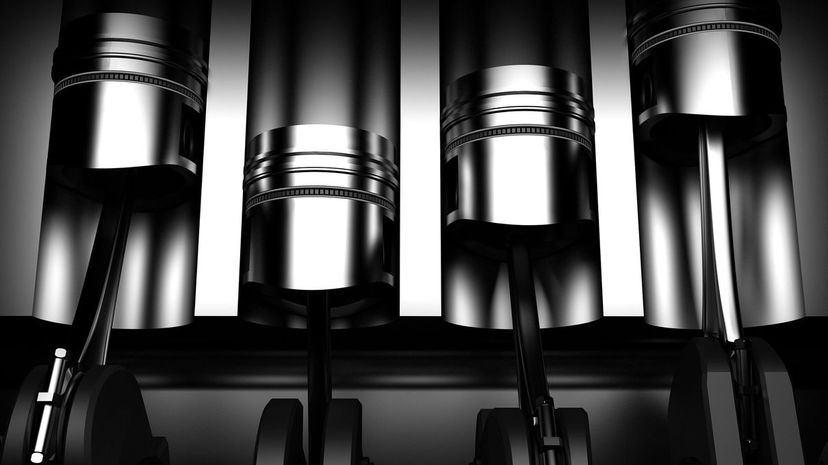
The automotive internal combustion engine has four strokes, or stages, of the combustion cycle: intake (bringing in the fuel/air mix), compression (squeezing the gas down to its lowest volume), power (where the mix is detonated) and exhaust (where the spent gasses are expelled).
Advertisement
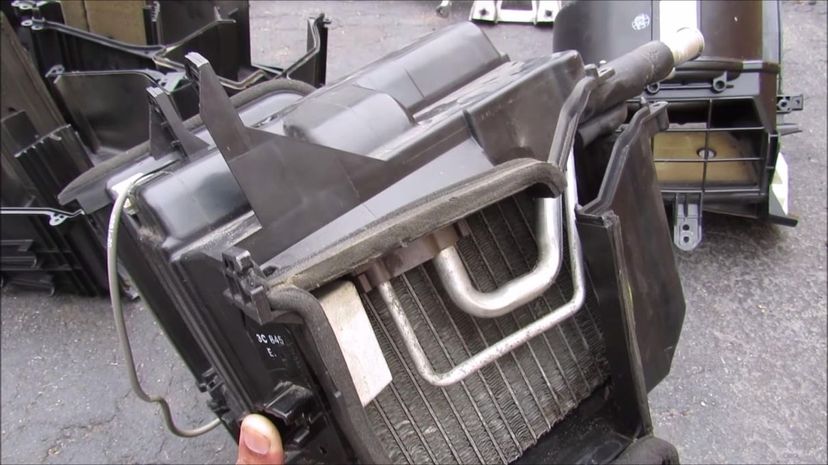
Heat is a byproduct of the internal combustion process, and if not drawn away from the engine, it would quickly lead to overheating. While this excess heat is generally sent to the radiator by way of coolant, in cold weather, the driver can activate the heater core to warm the cabin and power the defroster. When activated, some of the hot coolant is diverted to the heater core and its warmth is put to good use.
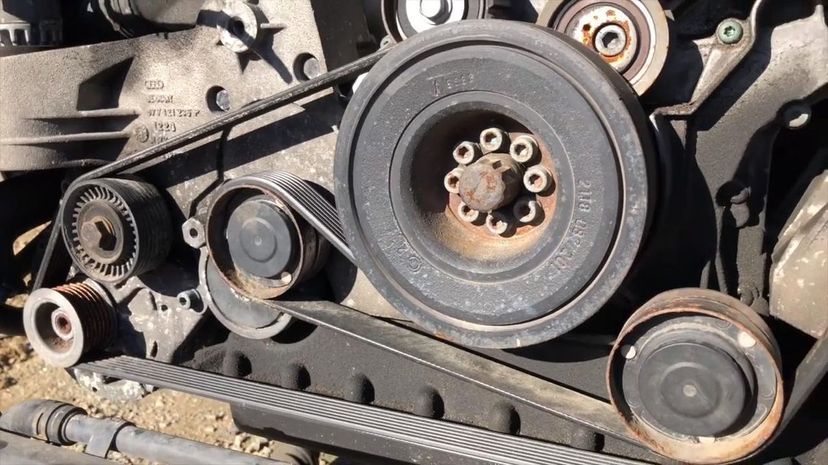
The serpentine belt connecting many of the structures under the hood replaces a multitude of belts that older engines used. The trade-off, however, is that if this belt breaks, many of your systems will suddenly go out at the same time. The next time you're in the garage, have this belt checked by a mechanic if your engine has a few miles on it.
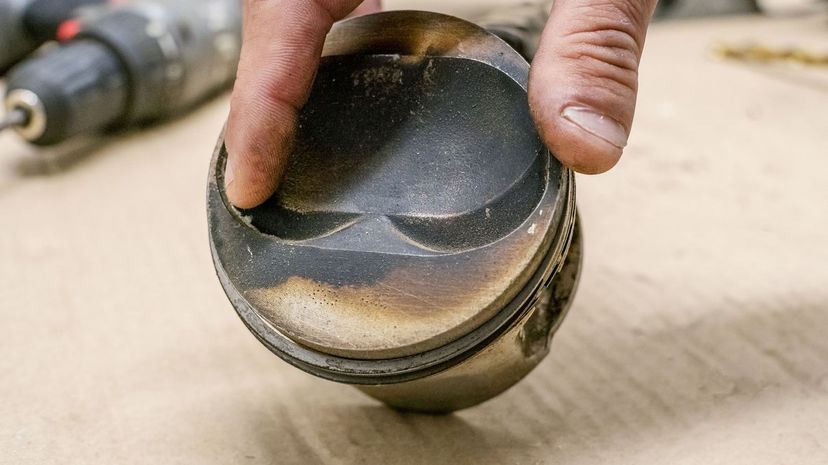
While it's probably affected all of them to one degree or the other, worn piston rings will most affect the compression stroke. Worn rings keep the piston from making a tight seal with the cylinder walls, and some of the air/fuel mix will escape.
Advertisement
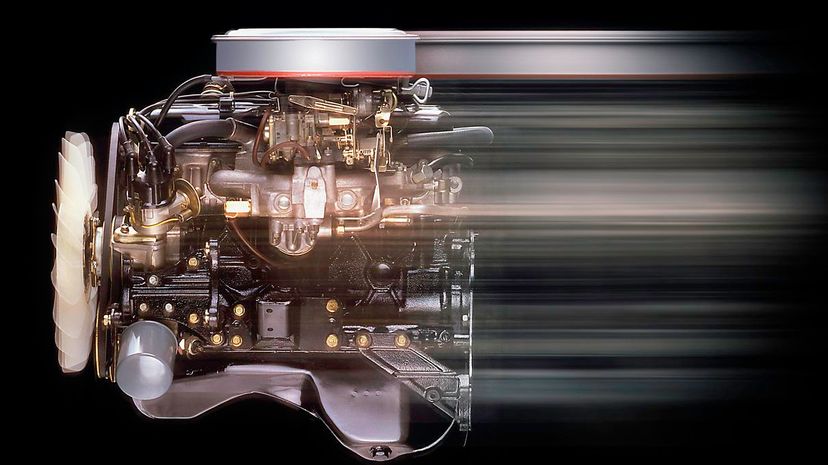
Torque is a measurement of the rotational force your engine produces, measured in "foot-pounds," or the turning force necessary to move one pound the distance of one foot around an axis with a one-foot radius. With cars, this means that the more torque an engine produces, the quicker it will accelerate.
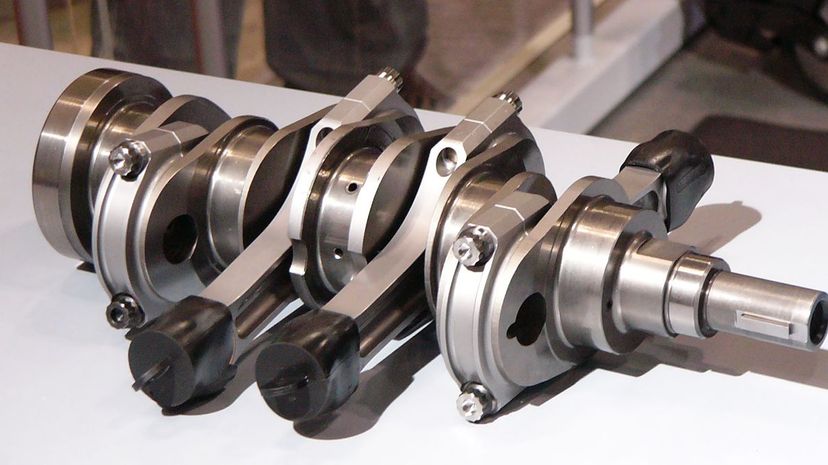
The pistons moving in the cylinders are going up and down in a reciprocating motion — not that helpful when you want the wheels to turn. The pistons are connected to the crankshaft, which turns this linear motion into a rotational force that the transmission can use to drive the vehicle.
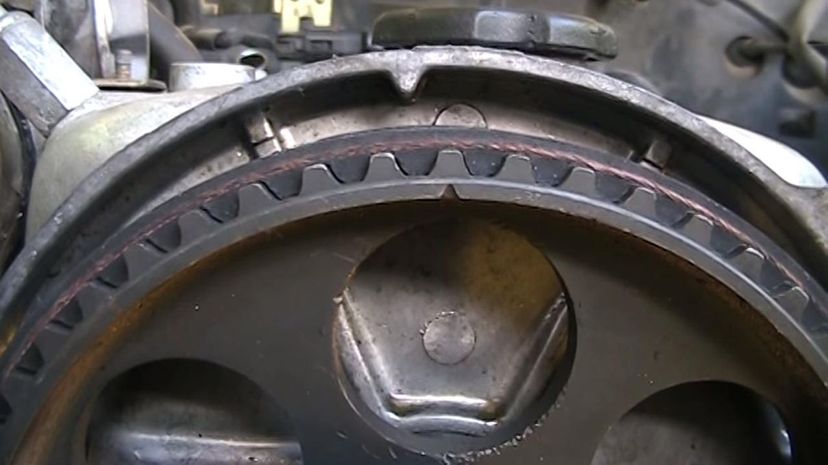
The camshaft and the crankshaft must operate in harmony to keep the internal combustion process running smoothly, and the timing belt keeps these two vital parts of your engine in sync. In older cars, this function was performed by the timing chain; belts have taken over the job in modern vehicles.
Advertisement

The head gasket separates the cylinder head from the engine block, and it also keeps various fluids flowing through the engine — in this case, coolant and oil — separate. When this gasket fails, fluids start mixing, and things stop running at peak efficiency.
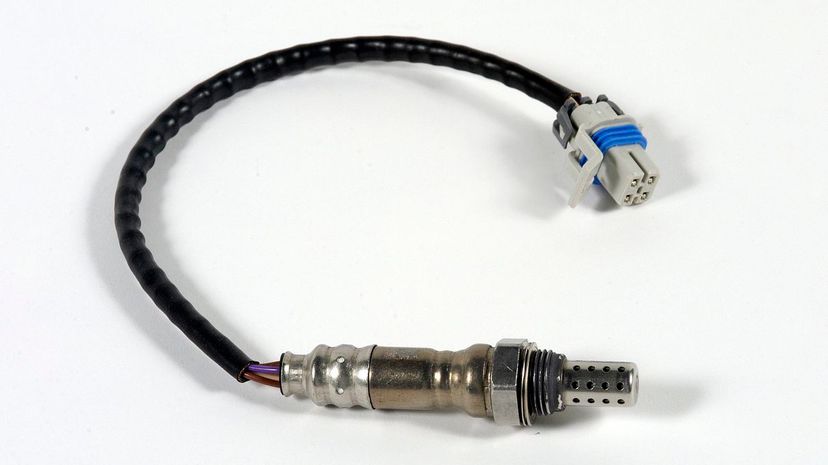
To get a good sense of what the proper air/fuel mixture should be, the car's ECM needs information about how much oxygen is leaving via the exhaust system. Too much oxygen in the exhaust means that there's not enough fuel in the mix. The oxygen (or O2) sensor, mounted near the catalytic converter, is what provides that bit of information.
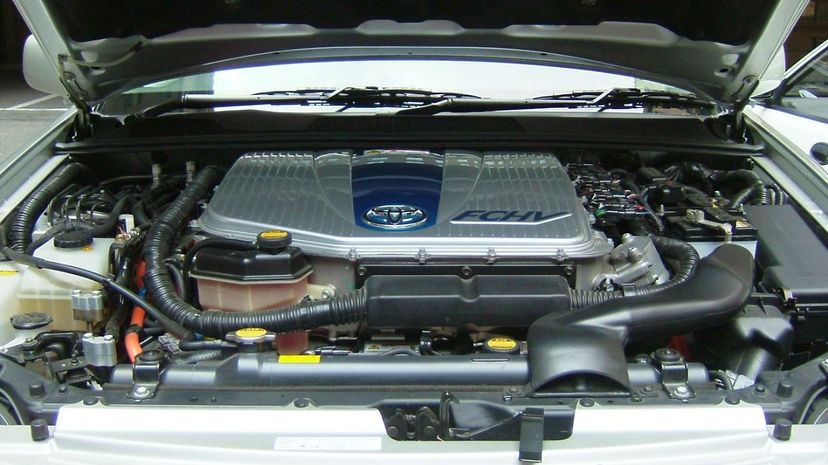
Computers are everywhere these days, and your engine is no exception. The Engine Control Unit is the brains of your motor, taking data from various sensors located in and around the engine and controlling functions such as the fuel/air ratio to get the best out of your equipment.
Advertisement
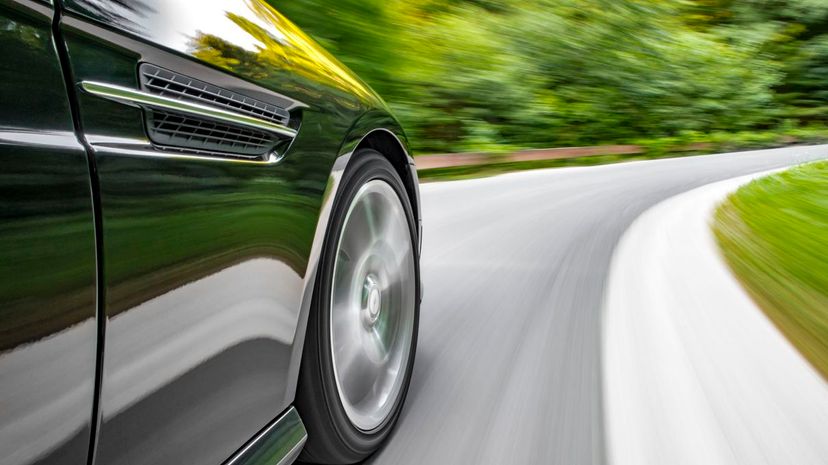
Horsepower and torque measure different things, but they are connected when it comes to engine power and output. This equation gives designers, and marketers, a handle on engine power.
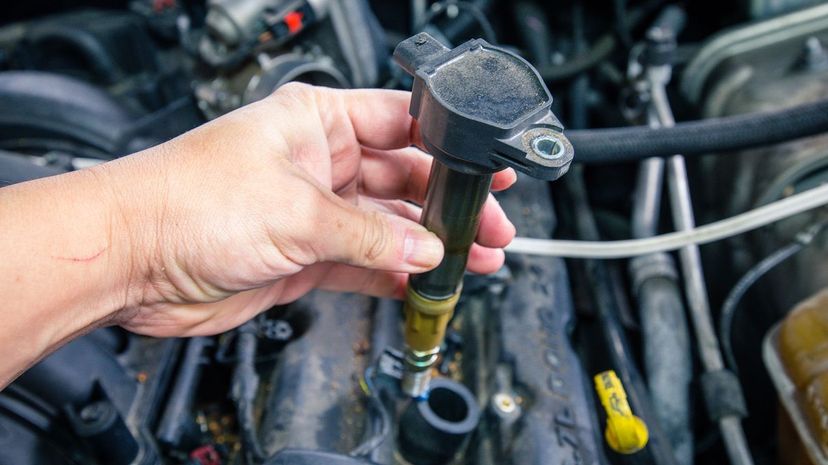
The spark plug provides the spark that detonates the fuel/air mix in a cylinder, but the electricity used to generate that spark comes from the ignition coil. In modern vehicles, each cylinder has its own coil (or in some cases, two cylinders share a coil). In older vehicles, this was done with a distributor cap and rotors.
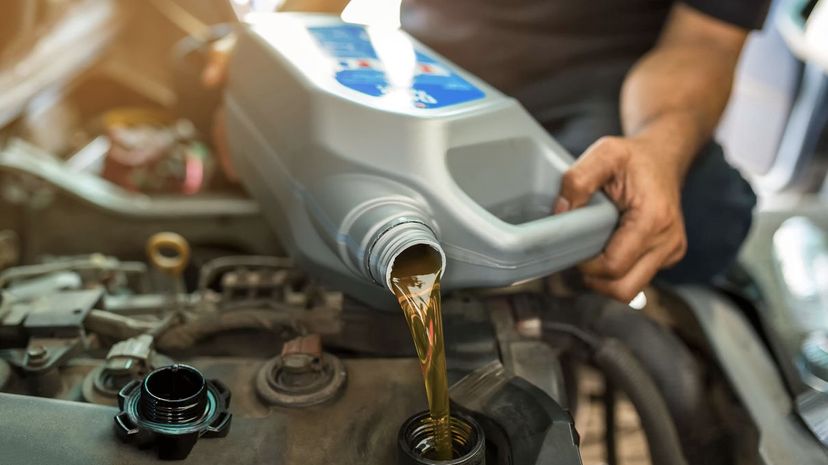
Synthetic oil costs more at the time of the oil change, but it does have benefits that traditional oil can't match. There are "synthetic blend" oils available that, while not offering quite the benefits of true synthetics, are cheaper as a compromise.
Advertisement
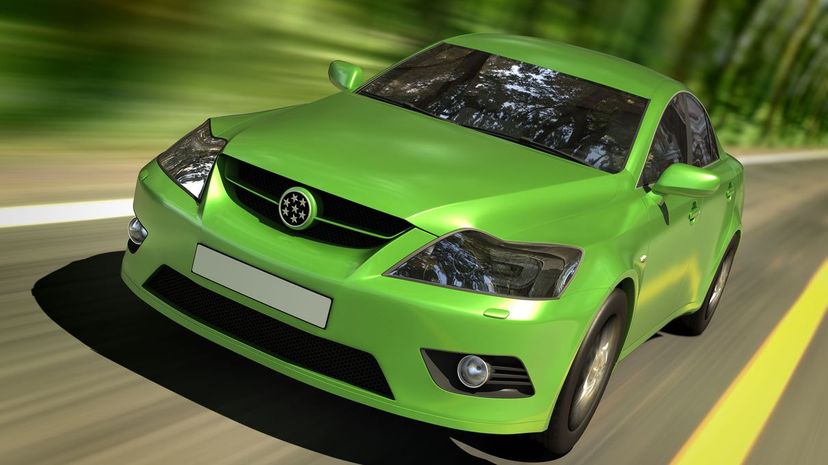
Electric motors don't have to build up torque over time as gas motors do — they have inherently higher and quicker torque capabilities. Gas engines still have it over electric motors when it comes to speed, however, so while they may get off the line faster, the gas engine will still beat it down the stretch.
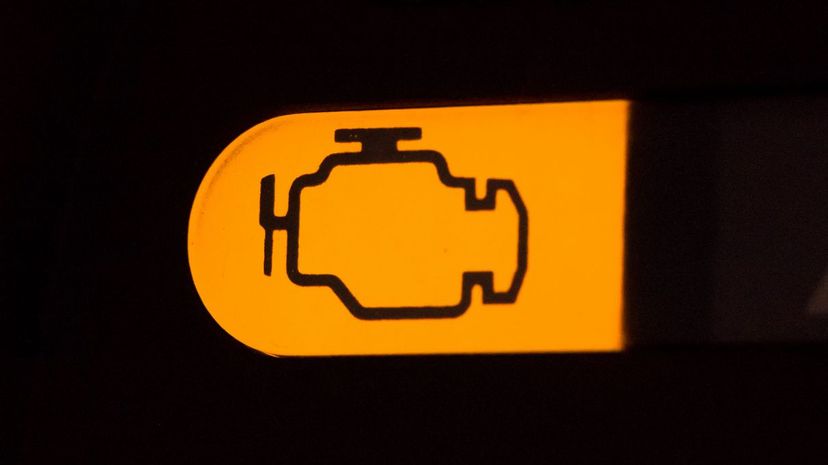
Ah, the "check engine" light and its warning that SOMETHING is wrong somewhere. Add to these common reasons that you might also need to replace your mass airflow sensor or need new spark plugs, and the light becomes a riddle with many possible answers. Time to break out the OBD-II scanner. Also, just check if your gas cap isn't tight or if it's damaged — that's the easiest thing to check.

It's normal when spark plugs that have been in service for a while have grayish or tan deposits on the sides of the electrode. When they appear black, burned, wet or oily, however, you've got an engine problem that requires further investigation.
Advertisement
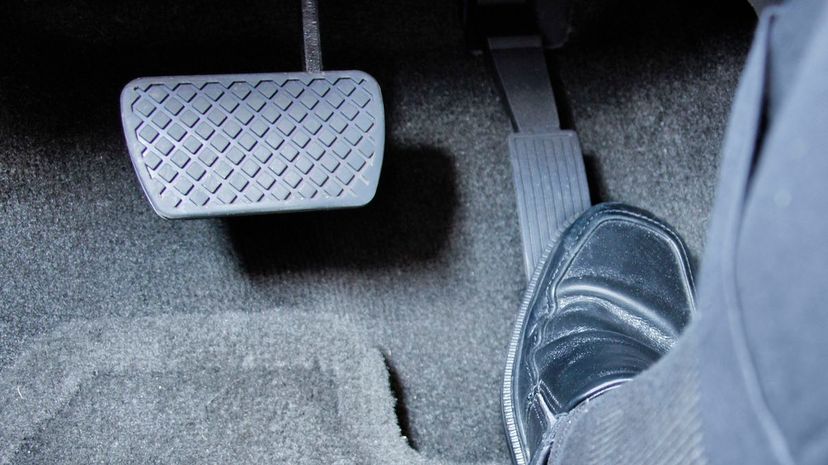
When you stomp down on the gas pedal, you're actually not controlling the gas; you're controlling the air going into the engine. It's the job of the ECM — or carburetor in older cars — to put more fuel in the system to balance the air/fuel mix going into the cylinders.

Exhaust leaks, which can happen at the exhaust manifold gasket, catalytic converter or muffler, not only can affect the way your car performs but can also allow harmful gases, which can be colorless and odorless, into the cabin. If you suspect your vehicle has an exhaust issue, take care of it sooner than later.